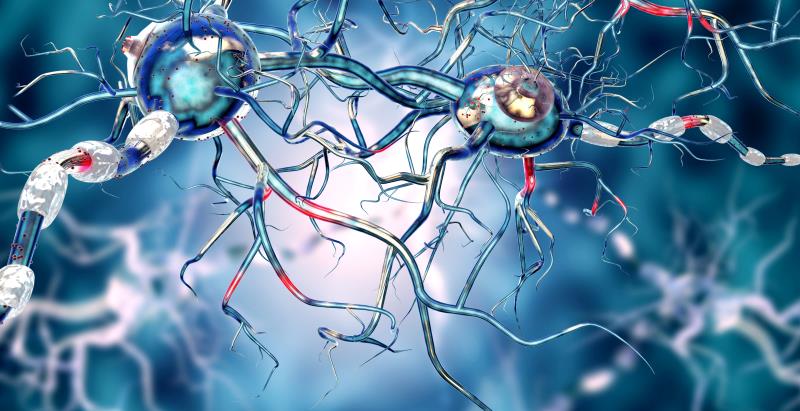
Treatment with lenabasum is safe and helps improve outcomes in patients with diffuse cutaneous systemic sclerosis (dcSSc), according to the results of a phase II study.
The study randomized adult patients with dcSSc for ≤6 years and on stable standard‐of‐care treatment to receive either lenabasum (n=27) or placebo (n=15). The study drug was given at 5 mg once daily (QD), 20 mg QD or 20 mg twice daily (BID) for 4 weeks, then 20 mg BID for 8 weeks. Researchers conducted safety and efficacy assessments at weeks 4, 8, 12 and 16.
Active treatment led to a more favourable improvement in American College of Rheumatology Combined Response Index in diffuse cutaneous Systemic Sclerosis (CRISS) score, which reached 0.33 vs 0.00 with placebo at week 16 (p=0.07). Lenabasum also produced greater improvements in other efficacy outcomes that assessed overall disease, skin involvement and patient‐reported function.
Gene expression in inflammation and fibrosis pathways decreased more with the study drug vs placebo, with significant improvements in inflammation and fibrosis by histological evaluation of skin biopsies (p≤0.05).
Adverse events (AEs) occurred in 63 percent of patients in the lenabasum group and in 60 percent of the placebo group. Commonly reported AEs were dizziness (22 percent vs 13 percent), fatigue (19 percent vs 7 percent), headache (11 percent vs 7 percent), arthralgia (11 percent vs 7 percent), upper respiratory tract infection (11 percent vs 0 percent), nausea (4 percent vs 13 percent) and decreased forced vital capacity (0 percent vs 13 percent). There were no serious AEs related to active treatment.
Despite a short trial duration and a small number of patients, the findings are encouraging and support the therapeutic potential of lenabasum in dcSSc, the researchers said, adding that further evaluation of the drug is warranted.